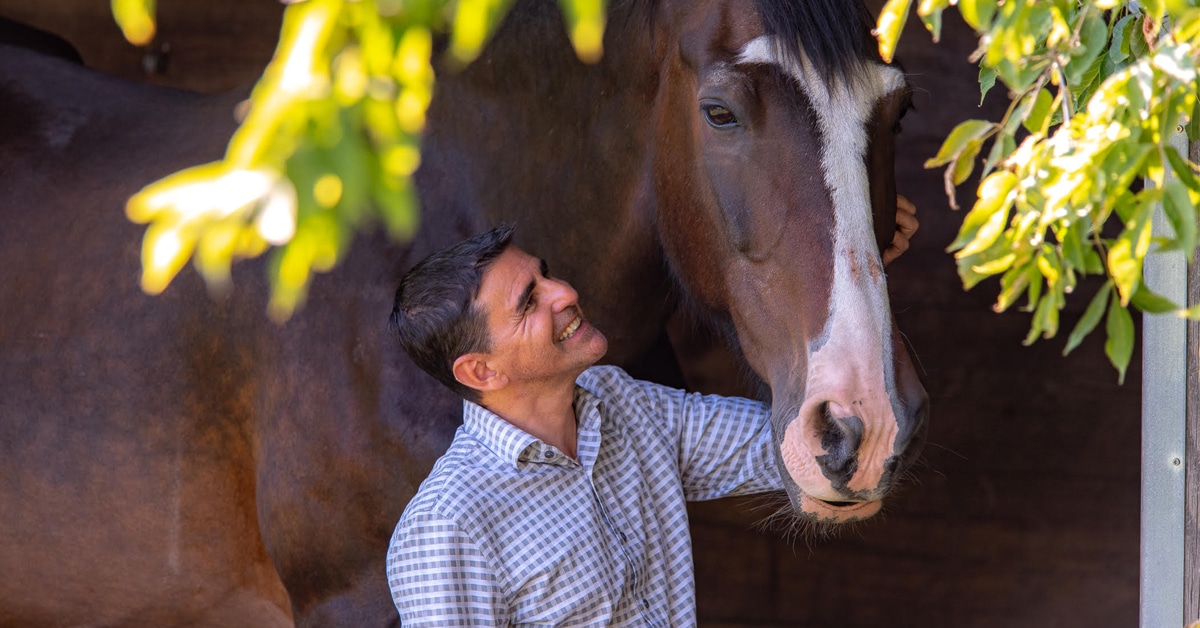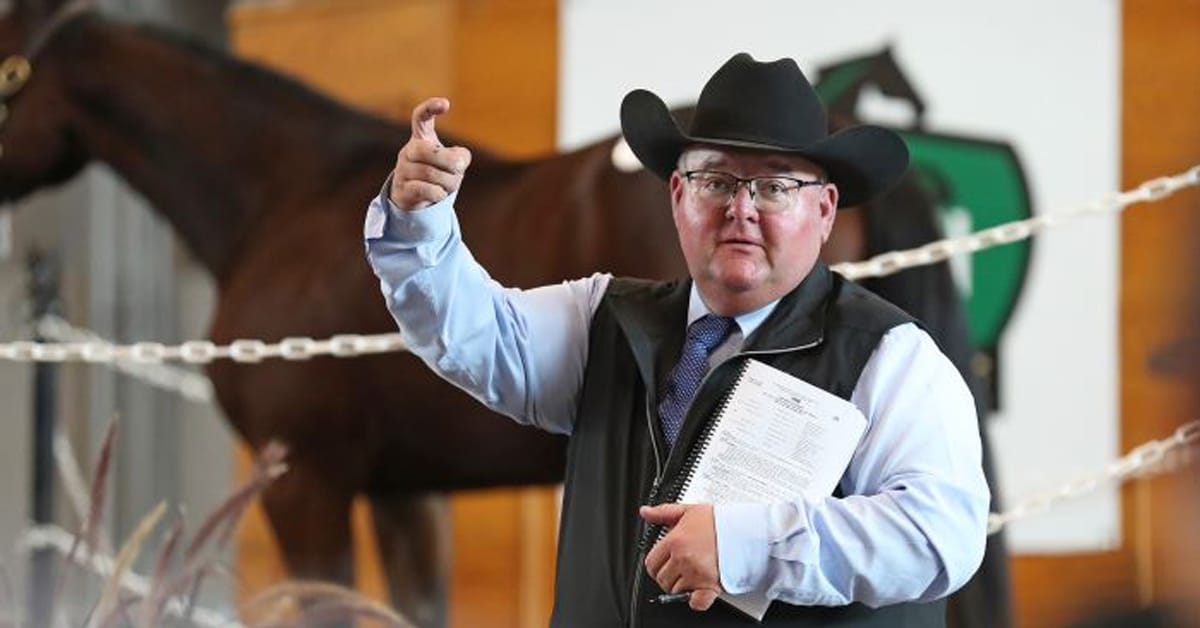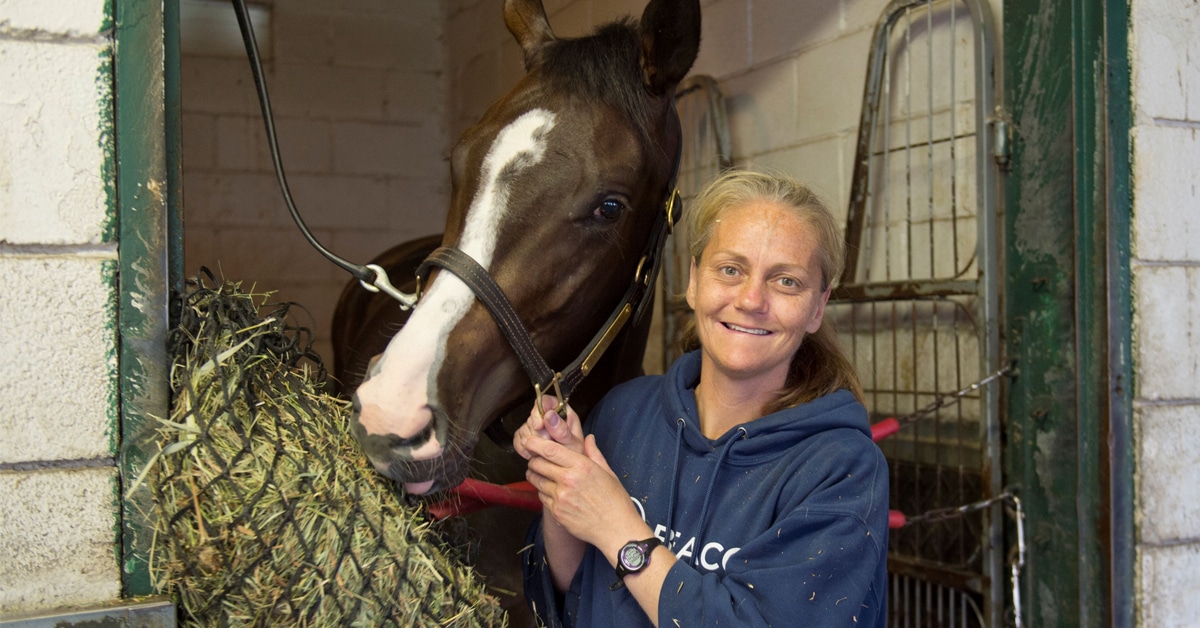It all began in 1981 when Martin Evans discovered and developed the first stem cells from mice at the University of Cambridge in the United Kingdom. While Evans certainly knew this scientific innovation would alter the course of the medical landscape, not only for humans, but all species on the globe, he probably never imagined the continued controversy over their use more than 29 years later.
Hailed as a panacea as some and dismissed by others as ineffective, stem cells remain an unknown entity even in equine veterinary circles. Do they really work? If so, how? And is their success rate higher when treating some injuries or conditions rather than others? While scientists, physicians and veterinarians acknowledge they do not have all the answers, it is quite likely stem cells extracted from older horses are not as viable as those removed from their younger colleagues.

Racehorses are subjected to a lot of repetitive stress on their legs that can put tendons at risk for often career-ending injuries. (Pam Mackenzie photo)
“Progressive loss of cell functionality caused by an age-related impairment in cell metabolism concerns not only mature specialized cells but also its progenitors, which significantly reduces their regenerative potential,” wrote Dr. Michalina Alicka et al in Age dependent impairment of adispose-derived stem cells isolated from horses. “Adipose-derived stem cells (ASCs) are most commonly used in veterinary medicine as an alternative treatment option in ligaments and cartilage injuries, especially in case of high-value sport horses.”
Regenerative medicine to treat musculoskeletal injuries, joint disease, genetic problems, arthritis and a number of other conditions were introduced into equine medicine more than a decade ago. Stem cells, platelet rich plasma and interleukin-1 receptor protein kindle new cell production, create new tissue and cooperate with the immune system to encourage healing. In equines, the regenerative medicine has been used primarily in musculoskeletal conditions, which are the primary reason many racing and sport horses are relegated to the sidelines. This is a field of ongoing research and many veterinarians are excited by the promise these therapies hold for treating other medical issues in the future.
Stem cells are an integral piece in the regenerative medicine puzzle, but like many areas of this field, research into their true efficacy remains ongoing. In humans, it is known the production of quality stem cells decreases with age. In fact, it has been discovered the application of a person’s own stem cells who have passed more than 50 percent of their life span is not as effective as injecting either donor cells or incorporating another form of treatment.
“A loss of tissue-specific stem cells with age is an example of a factor that could potentially limit tissue regeneration,” wrote David Piccin and Cindi M. Morshead in Potential and pitfalls in stem cells in old age. “Developing strategies to expand the aged stem cell population by inducing stem cell proliferation and enhancing self-renewal divisions would be crucial to utilizing the cells. Such modulation requires an understanding of the intrinsic changes that occur in aging stem cells, as well as the extrinsic cues that modify their behavior.”
Piccin and Morshead stated that while stem cell production does continue as a person ages, these cells are not as reliable as those generated in younger individuals.

A horse’s tendon being injected with stem cells. Research has shown that a loss of tissue-specific stem cells with age is a factor that could potentially limit tissue regeneration. (Photo: Dr. Judith Koenig/OVC)
“Active stem and progenitor cells persist into old age, but these populations are different from their younger counterparts,” they wrote. “There is a significant age-related decrease in the proliferation of NSC progeny in the adult NSC niche lining the ventricular system in the central nervous system (CNS), resulting in reduced olfactory neurogenesis and a loss of fine odor discrimination.”
So, what does that mean when it comes to horses? Are they similar to humans? Or does their stem cell production remain intact as they age?
It appears horses and small animals such as cats and dogs follow the same path when it comes to humans during the aging process. Stem cells still produce muscle, brain and bone cells that continue to create new tissue or replenish existing tissue, but they are not produced in the same numbers and at the same strength.
An article in the University of California-Davis Medical Veterinary Hospital’s newsletter demonstrates using stem cells from older horses may not be as successful as using them from younger horses. In fact, Dr. Larry Galuppo, who headed the stem cell research team at the university, discussed their techniques and suggested horses older than 15 require a different strategy.
“In the younger horses, we can get it from the hip, and in the older horses, we can get it from the sternum,” Galuppo said. “We use fat-derived stem cells for older horses because, just like in people, the number of stem cells in the bone marrow declines and it’s really hard to get the stem cells from bone marrow.”
Further research in the use of stem cells from older horses could also aid human medicine, which is faced with an increasing aging population.
“So far — it may change in the future — we are not regulated by the FDA,” Galuppo said. “As of now, we are, with the owner’s consent, able to use these therapies early on (whereas) in human medicine, they have to get FDA approval, which takes years.
“It’s not a miracle by any means. It’s one of our tools and I think things are leaning towards using biologics in medicine. I hope to see that in the future and I hope that veterinary medicine is paving the way for both (animals) and humans.”
The Latest










